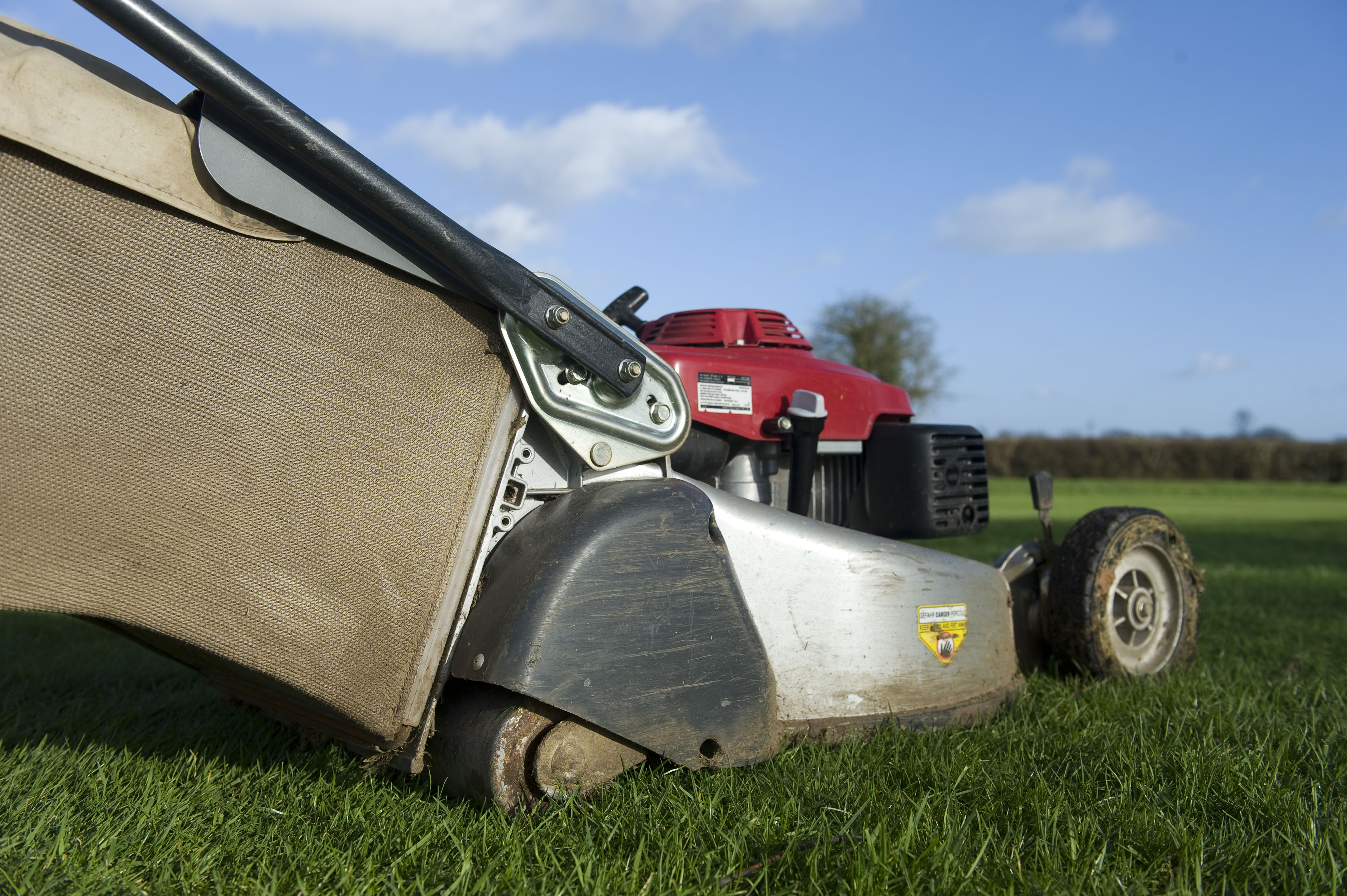The end of season renovation work has now been completed, the square can now be fenced off, which will limit the amount of foot traffic.
The days of "putting the square to bed" and forgetting about it are long gone. With mild and wet winters more common, growth is continuing all through the winter months, making the winter maintenance an important factor in keeping both the outfield and square in good condition.
The occasional surveillance of the square will provide the opportunity of investigating any outbreak of fungal disease, and also enable the detection of any excessive grass growth. Do not roll the square until February/March, in preparation for the start of the new season.
Mowing
During mild spells it may be necessary to top the grass to ensure that the sward growth is not weakened in the spring by removing too much growth in a short period of time. Doing this also maintains your sward density. If you leave grass to grow too long an individual grass plant will start to out compete its neighbour. This is difficult to see happening until you start to cut shorter and realise you have lost plants – wasting the money you spent on seed at renovation time.
Any growth over 25mm should be lowered to 20-22mm when ground conditions allow mowers to be used and foot-traffic to be carried without damage to surface levels. Never cut when it is too wet and soft and there is a risk of damage to surface levels – the disadvantages far outweigh any benefit from cutting, however long your grass is!
Before cutting, walk the square to remove any debris or rubbish which may have accumulated to ensure that no damage will be caused to the mower.
Further work will include aeration during the winter months with regular inspection and brushing/drag matting when ground conditions allow, to minimise the opportunity of any disease developing and ensure the dispersal of worm casts if present. Note that this is more effective in dry conditions – attempting to remove clay-soil wormcasts when too wet can lead to ‘smears’ where grass content will be lowered.
Winter Brushing
This is to help the surface remain dry and reduce disease pressure, keeping the sward healthy.
Brushing the square during the winter months, will help to maintain a healthy square throughout the winter.
This can be done through multiple methods, using a drag brush or long cut of rope, to brush off the surface of grass. This will help to clear grass blades of dew and prevent damp conditions for bacteria and disease to thrive.
Drag brushing the grass leaf in a few directions over the winter months, will help keep the grass leaf upright, with less chances of disease forming.
- Remove dew to help prevent disease.
- Reduces debris on the surface.
- Stands the grass plant up to keep the base of the plant well oxygenated.
- Can help to reduce algae and moss formation.
- Disperse worm casts.


 Tweet
Tweet